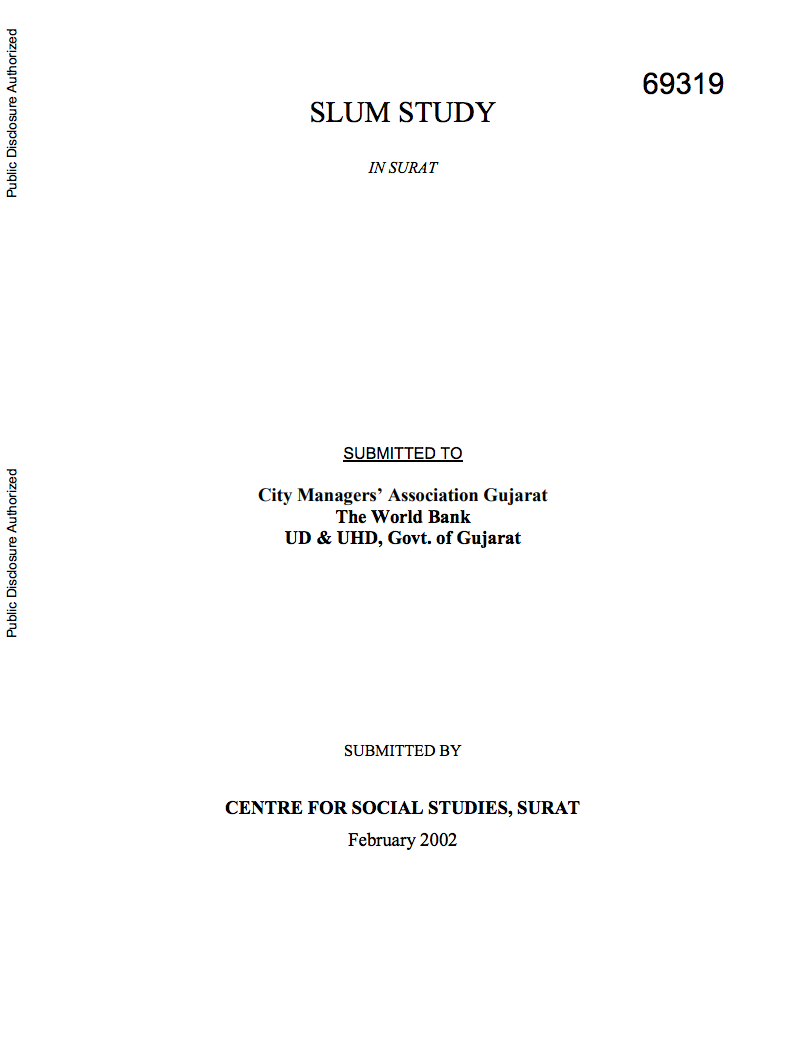How Will Climate Change Shift Agro-Ecological Zones and Impact African Agriculture?
The study develops a new method to
measure the impacts of climate change on agriculture called
the Agro-Ecological Zone (AEZ) Model. A multinomial logit is
estimated to predict the probability of each AEZ in each
district. The average percentage of cropland and average
crop net revenue are calculated for each AEZ. Then an
estimate of the amount of cropland in Africa and where it is
located is provided. Using current conditions, the model


